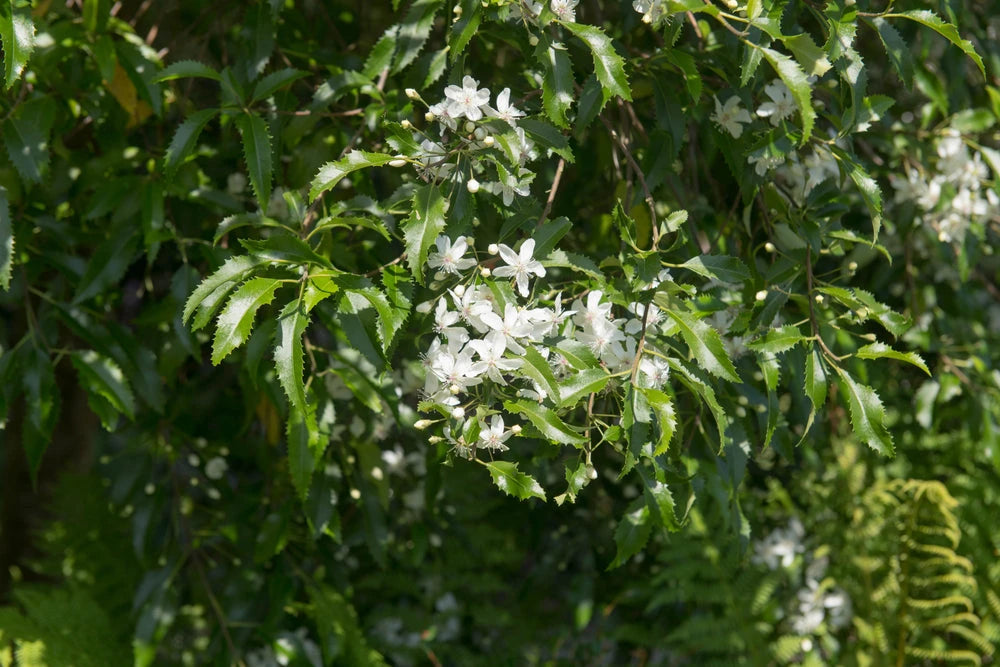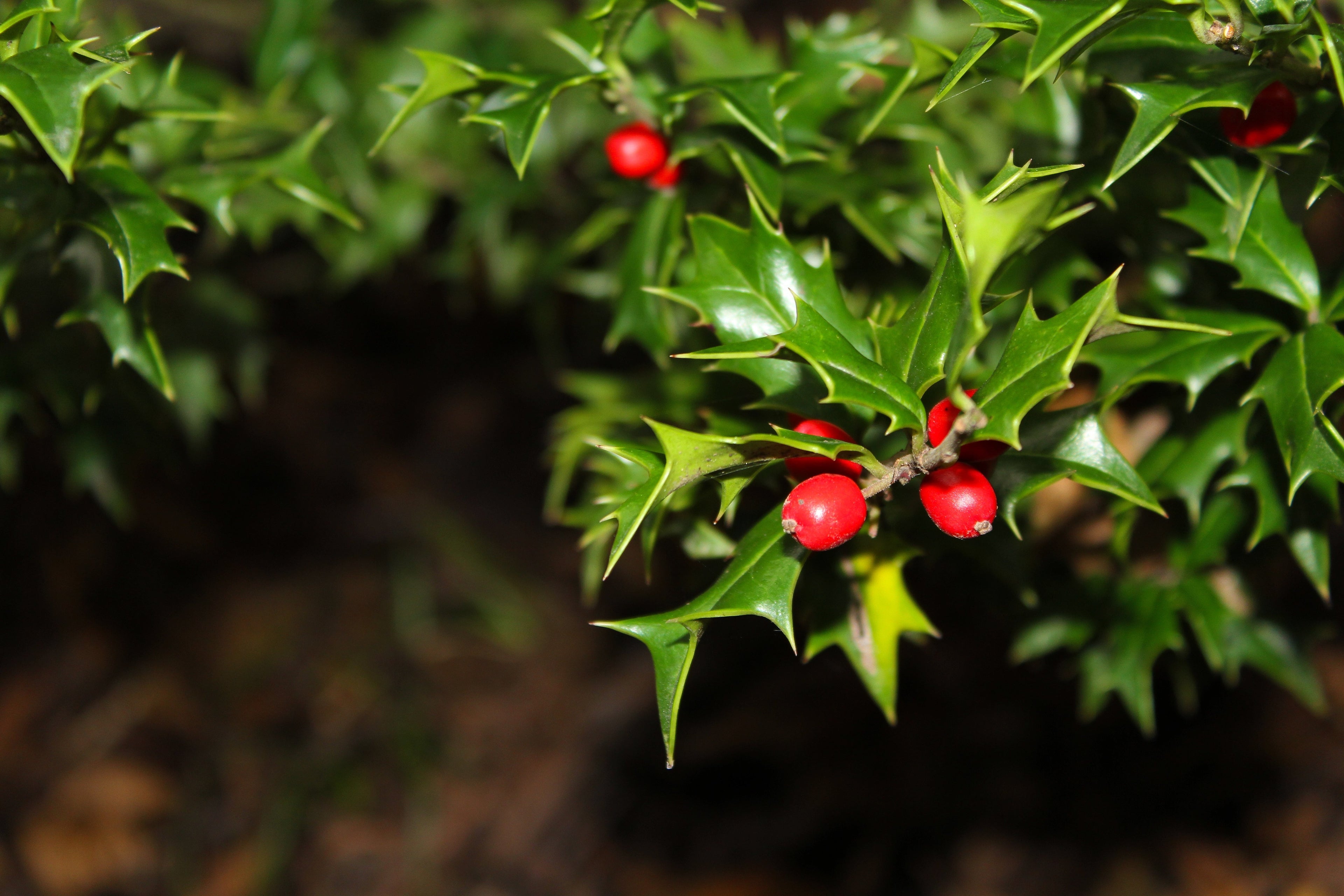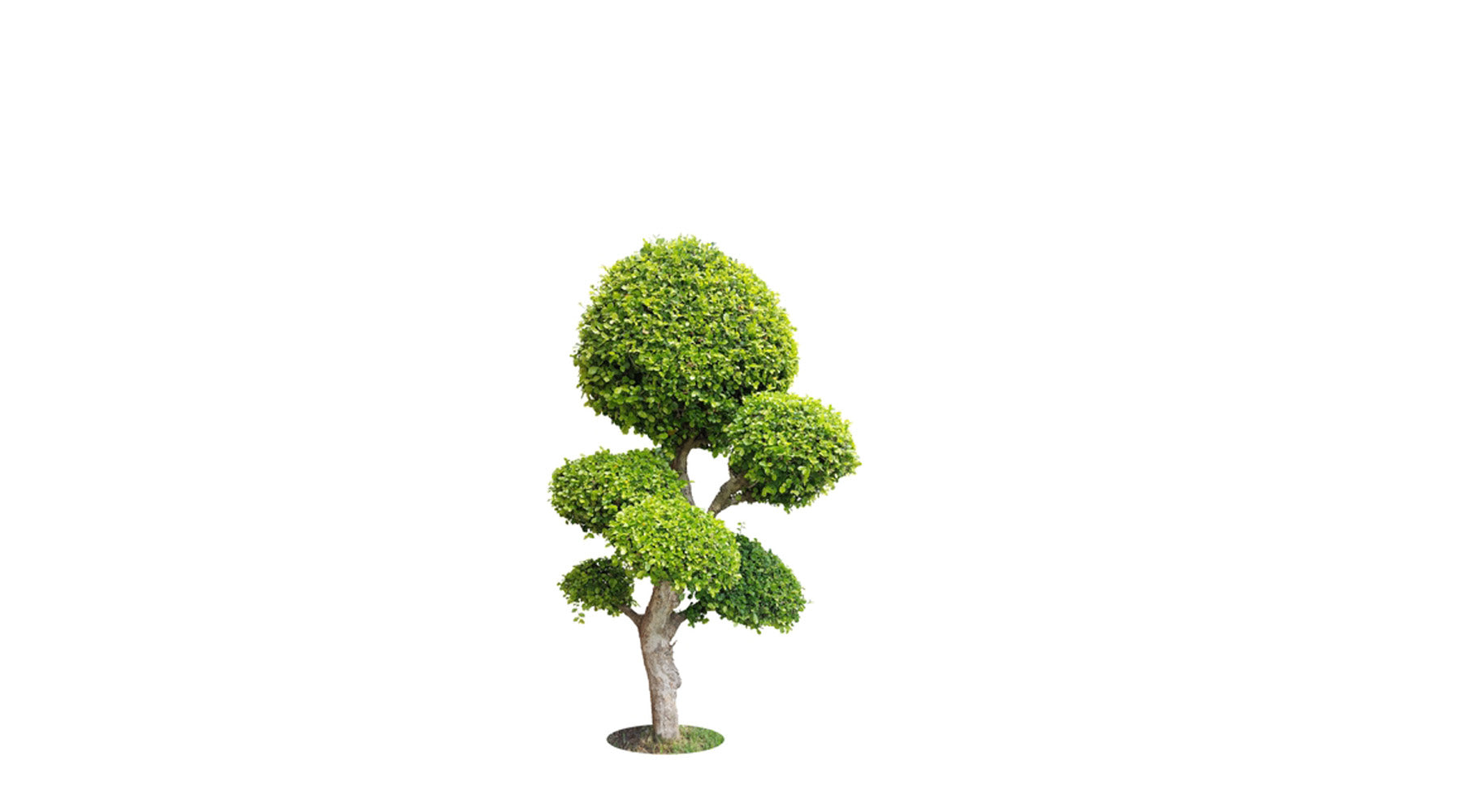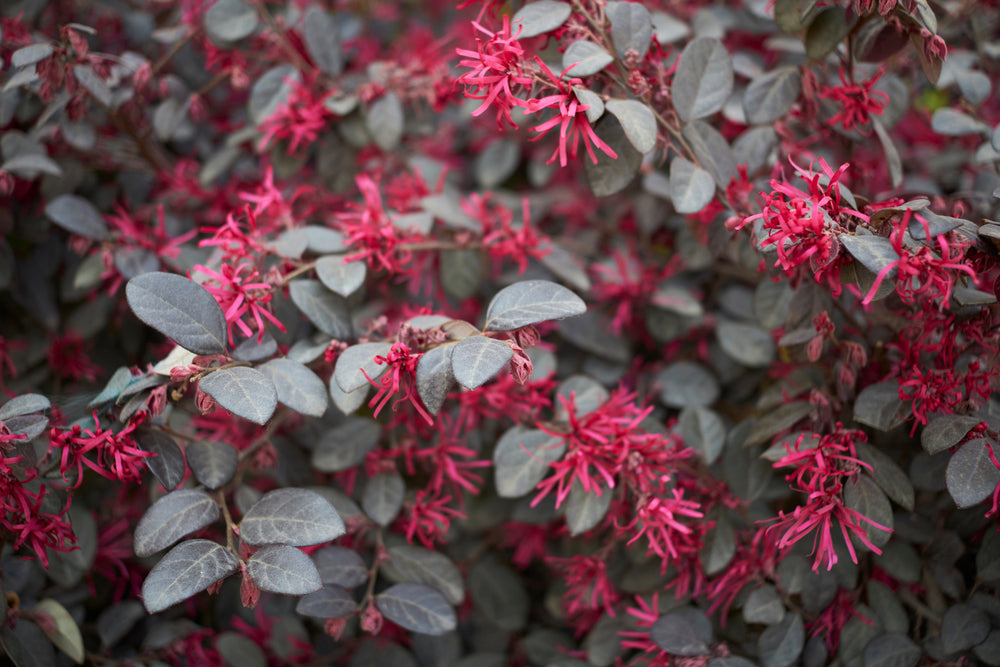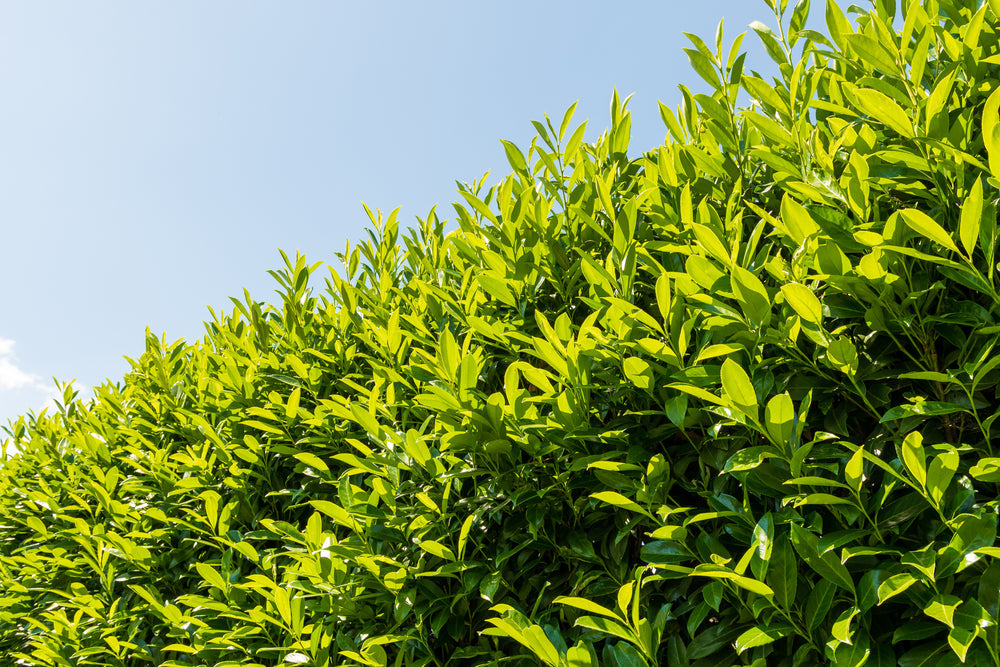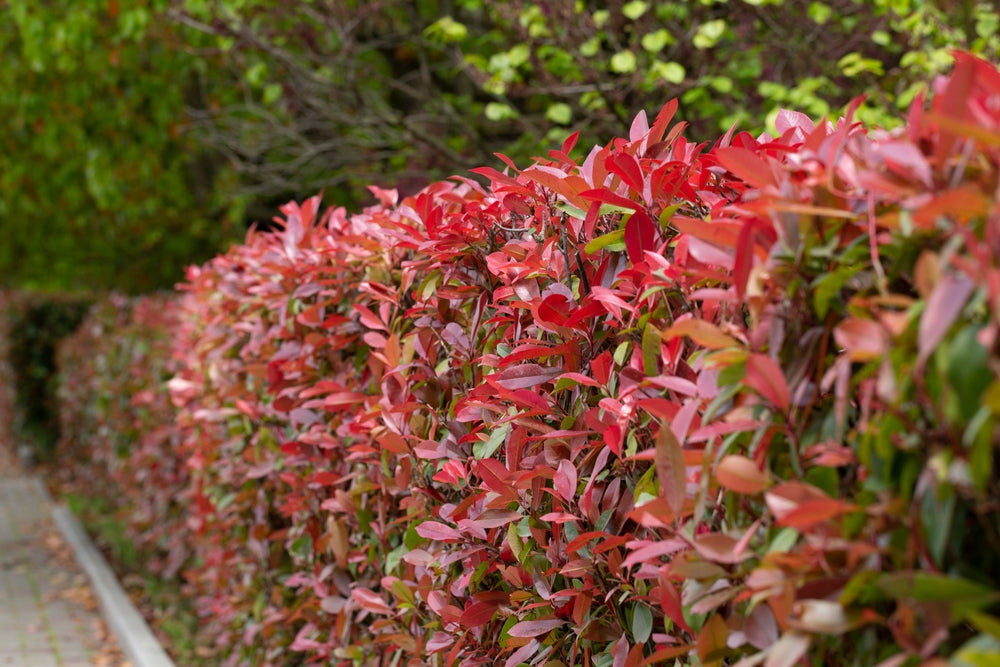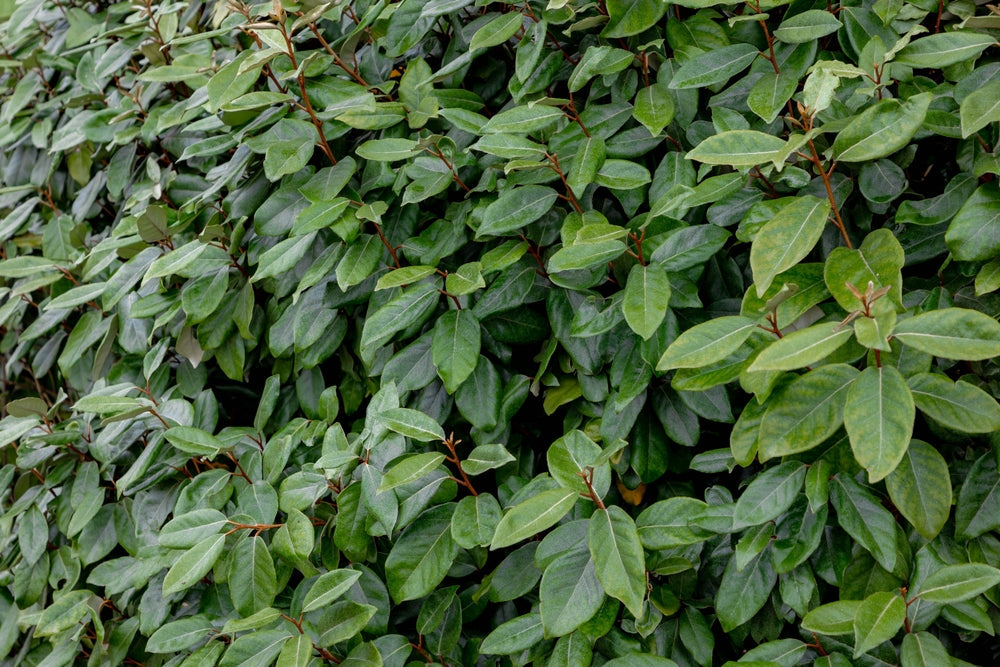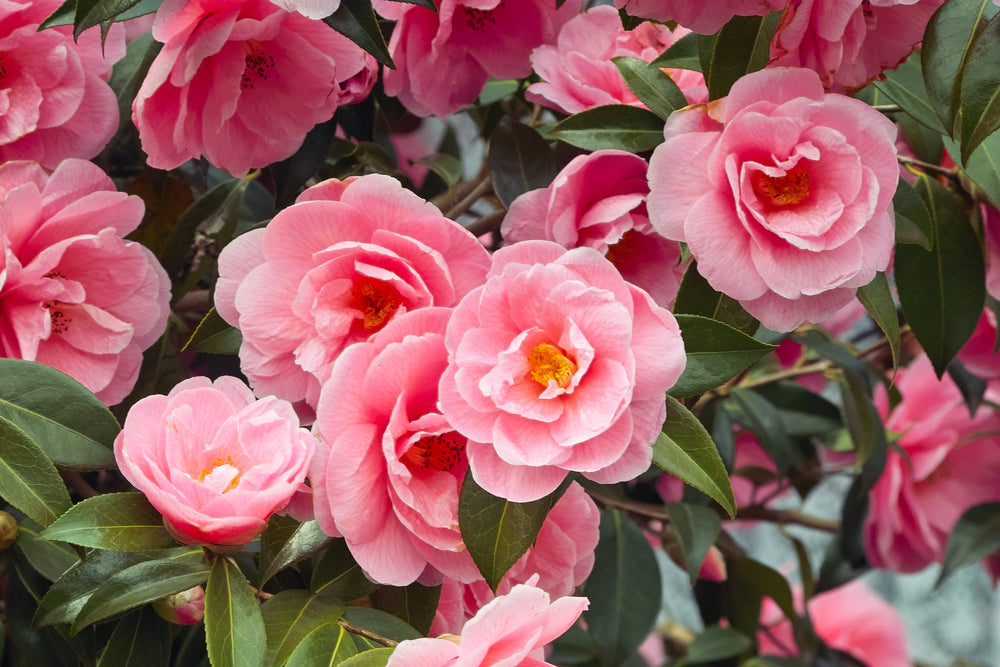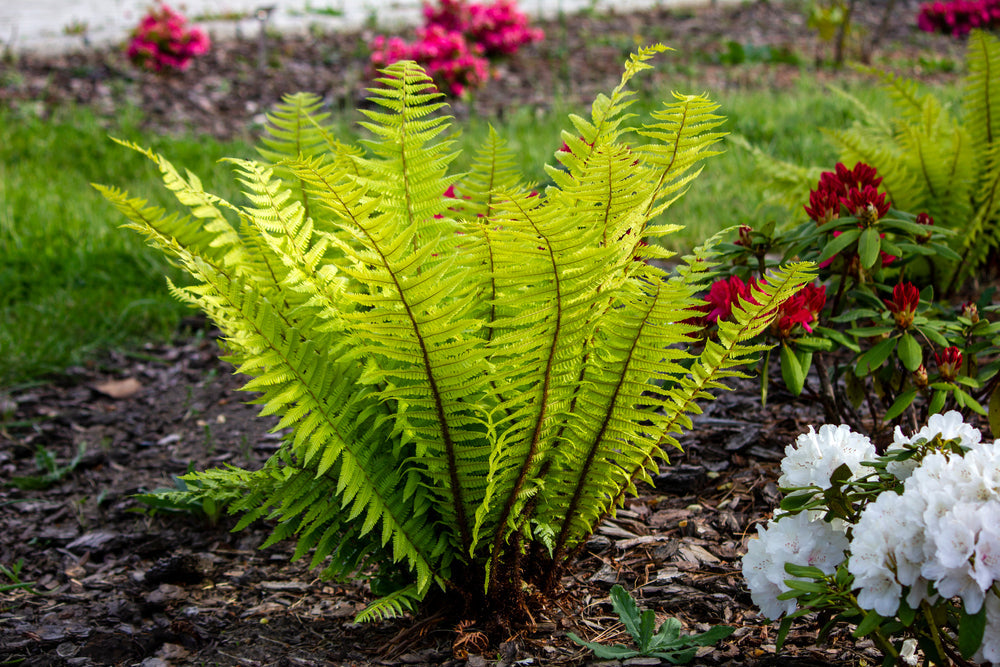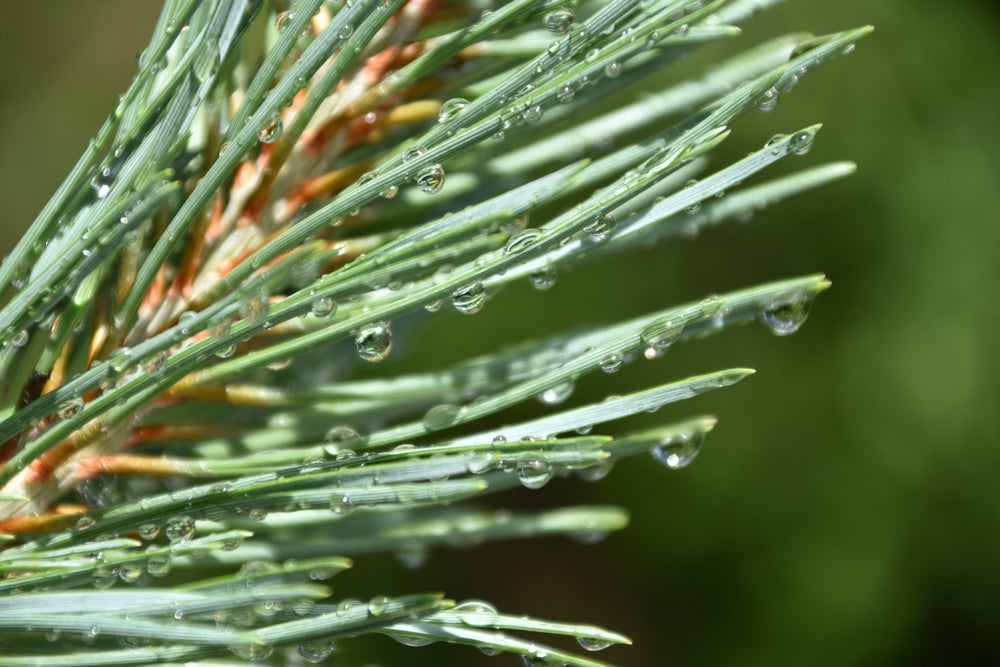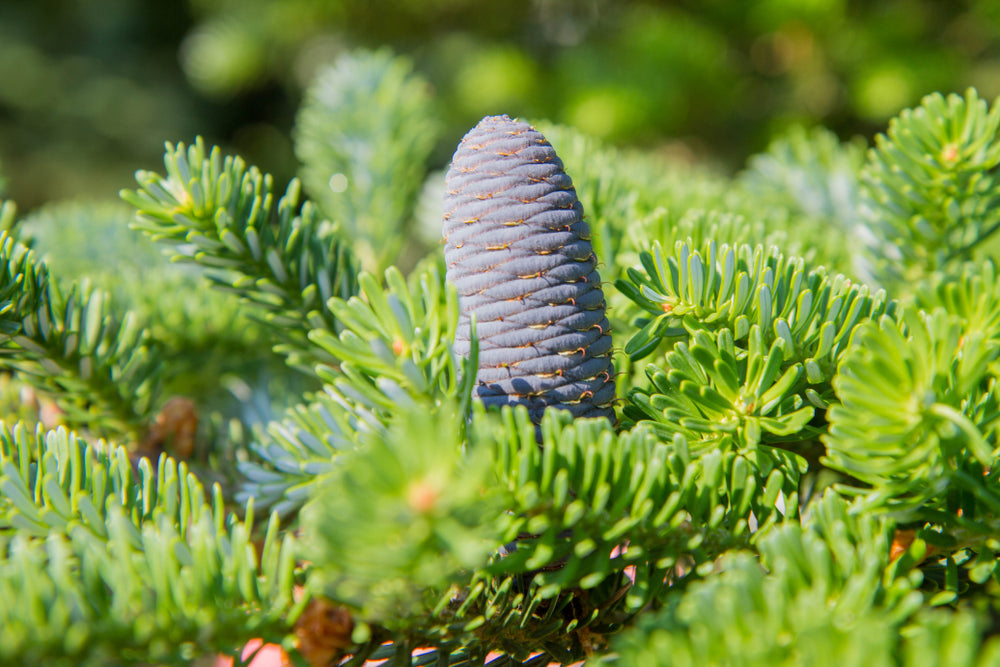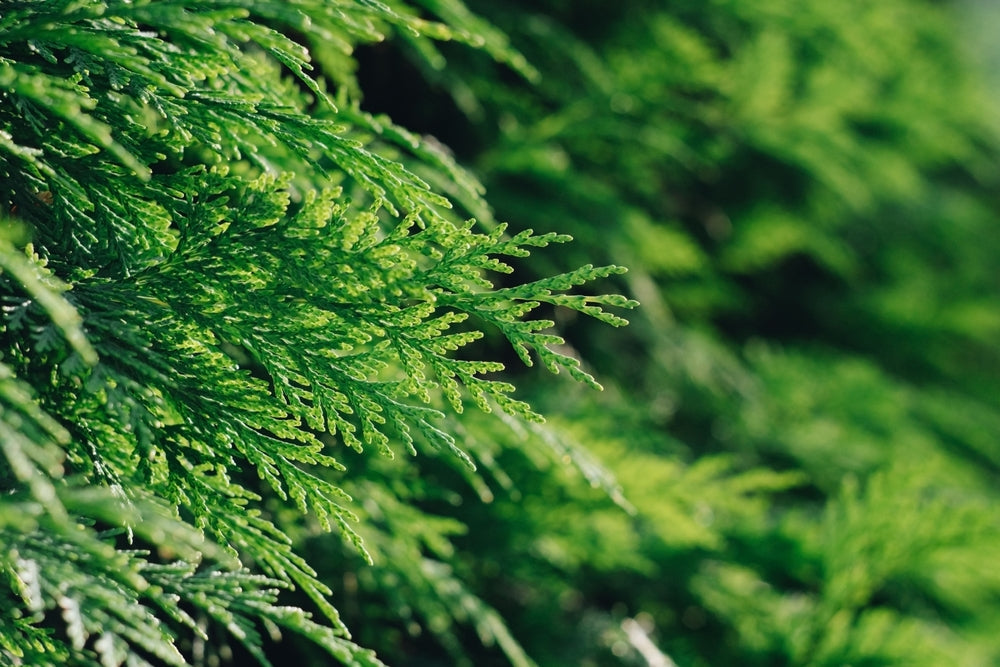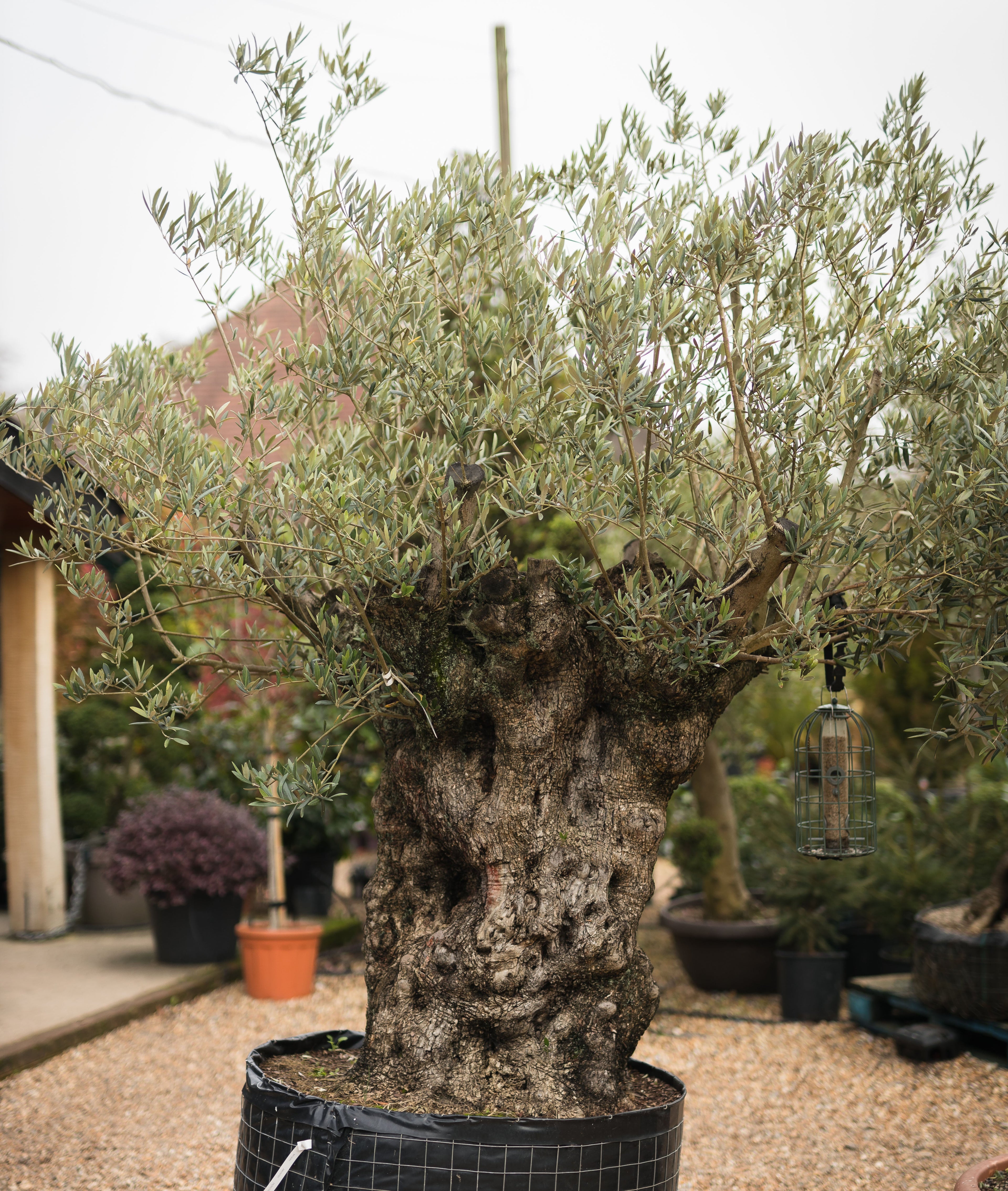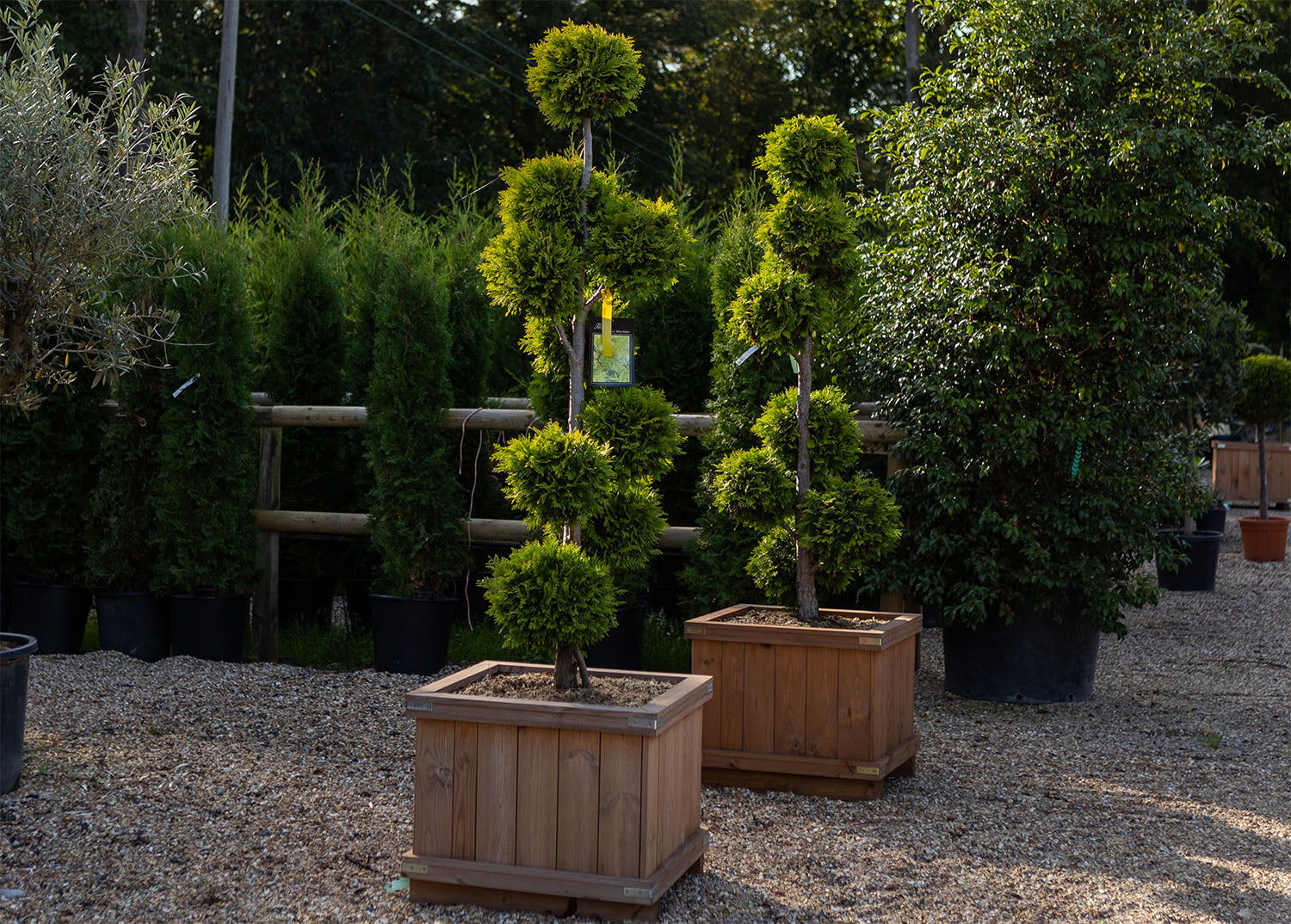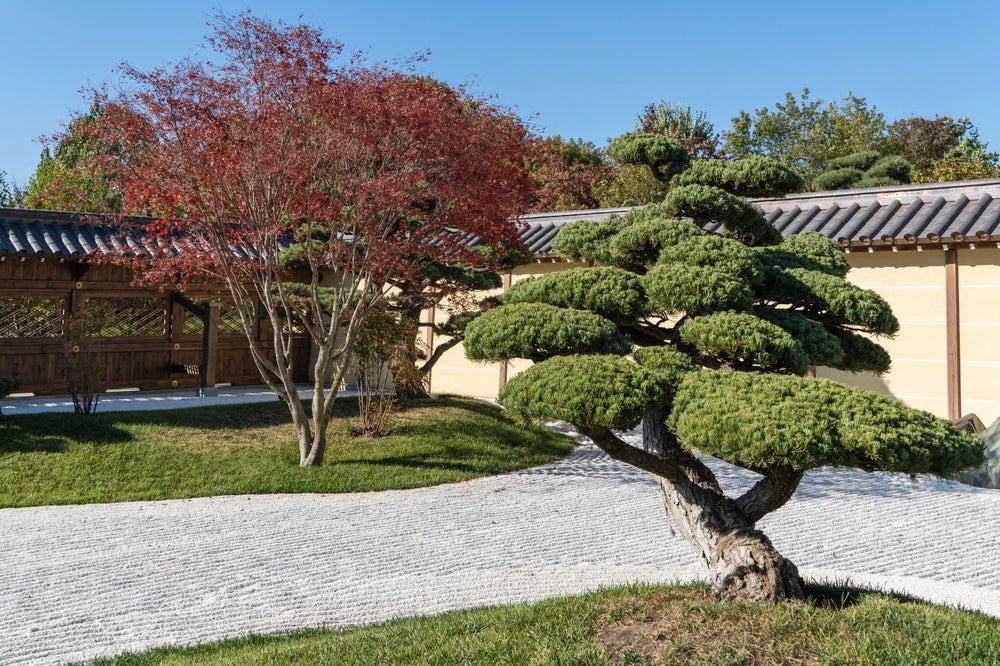
Betula / Birch trees
Birch trees (Betula to give them their Latin name) are deciduous trees and are an excellent choice if you are looking for a tree that offers light, airy foliage along with stunning peeling bark and striking white stems. Newer varieties even offer cream or red coloured bark. The trees can take some time to develop their bark colour – so if you are considering purchasing a Birch tree it is wise to remember that if you purchase a small tree you will need to be patient whilst it develops its bark colour.
Betula albosinensis / Chinese Red Birch

Betula albosinensis is a fine example of a Birch. It is a deciduous, medium sized tree with a conical to spreading habit. Betula albosinensis has thin, tapering leaves which create a light and airy canopy. It is greatly admired for its peeling, smooth orange-red bark, which is creamy-white when the tree is young. The green foliage turns yellow in the autumn.
Betula pendula / Silver Birch

Betula pendula is a native deciduous tree, and can be either a multi-stem or single trunk tree. It has a soft, gentle weeping habit with arching branches. Its diamond-shaped fresh green leaves turn a delicate yellow in the autumn. Betula pendula has a maximum height of between 7-12m, so does require plenty of space to grow. It can tolerate most soils, but does not like coastal or dry positions. Betula pendula has attractive, creamy-white peeling bark, which becomes marked with dark rugged cracks at the base with age. Yellow-brown catkins are produced in the spring.
Betula pendula ‘Youngii’ / Young’s Weeping

Betula pendula ‘Youngii’ is a small, deciduous tree, with peeling white bark and pendulous branches reaching the ground to form a dome shaped tree. Betula pendula ‘Youngii’ can be grown in either a sheltered or exposed site, in moist, well-drained soil. Its green leaves turn yellow in the autumn. It has an eventual height of 4-8m and a spread of 4-8m. Yellow-brown catkins are produced in the spring.
Betula nigra ‘Summer Cascade’ / Weeping River Birch

Betula nigra ‘Summer Cascade’ is a graceful form of deciduous Birch. It has gentle, weeping pendulous branches, with peeling silver-pink bark which provides year round interest. It produces catkins in the spring and summer. Its dark green leaves turn a stunning yellow in the autumn. Betula nigra ‘Summer Cascade’ is an ideal tree to plant near rivers and ponds. It can tolerate most soils, but does best in acidic conditions. It has an eventual height of 6m and a spread of 4m after 20 years.
Betula utilis var. jacquemontii / Himalayan Birch

Betula utilis var. jacquemontii is a very popular tree. This is due to its architectural shape and brilliant white bark on its trunk and larger branches. The multi-stem variety is very effective. They are often planted in groups of three for a stunning effect. Betula utilis var. jaquemontii has ovate shaped leaves which turn yellow in the autumn. In early spring, the male yellow-brown catkins appear and these can be up to 12cm long. Betula utilis var. jacquemontii has an eventual height of 12m+ and width of 4-8m. It prefers moist, well-drained soil. It can be planted in full sun or partial shade, in an exposed or sheltered position.
Betula pubescens / Downy Birch

Betula pubescens is a slender, deciduous tree with a conical shape. It has pendulous branches with downy stems and peeling white bark. Betula pubescens has diamond shaped green leaves which turn yellow in the autumn. It produces yellow-brown catkins in the spring. It will grow in either a sheltered or exposed position. Betula pubescens has an eventual height of 12m+ and a spread of 4-8m. It will grow on most soils, but prefers a moist well-drained position.
Betula utilis var. jacquemontii ‘Doorenbos’

Betula utilis var. jacquemontii ‘Doorenbos’ is a deciduous tree and a variety of Himalayan birch, the main feature of which is the stunning snowy white exfoliating winter bark. This develops on the tree early in its life. Betula utilis var. jacquemontii ‘Doorenbos’ produces yellow and brown catkins in the spring, which is followed by ovate, mid-green leaves. These turn a golden yellow in the autumn. The tree will grow to approximately 7m tall with a spread of 3.5m after 20 years. This is a tough tree and will grow in most soils and conditions.
Share




















